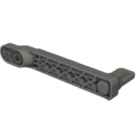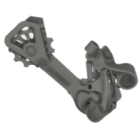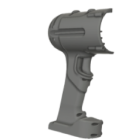3D Printers
SLS 3D Printers
Peripherals
Printers ecosystem
Customer Zone

SLS 3D printing for rapid prototyping
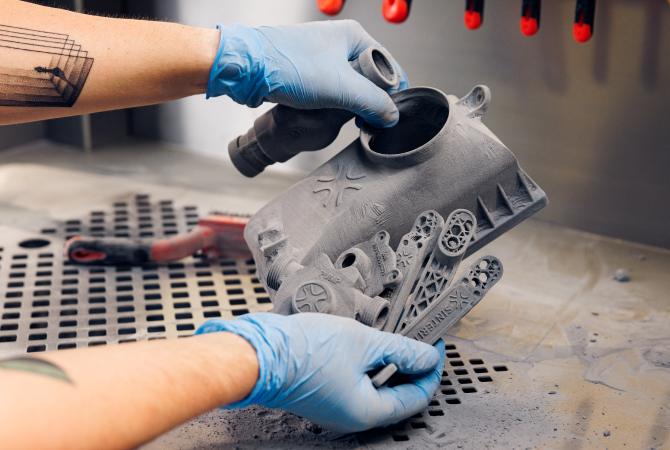

No support structures
Ideal for creating functional, complex designs, especially during prototyping. With no need for support structures, all parts, including those that need to move, remain functional, and intricate internal structures are easily achievable. This means you won’t have to remove extra material, avoiding potential disruptions to dimensions or surface quality, which is essential for maintaining the precision and integrity of components.

SLS quality
Selective laser sintering outperforms technologies like SLA or FFF in terms of:



Easy materials switch
Most SLS systems restrict users to a single material per printer. If you need to print with multiple materials, you have two options:
At Sinterit, we offer a different solution. Our system enables users to swiftly switch between materials for different jobs and skip certain steps for less frequently used powders.

Industrial speed
Experience industrial speed with the Lisa X SLS 3D Printer, which delivers full-bed prints by the next day, significantly reducing the waiting time compared to the typical 2 weeks required by service providers. With a printing speed of up to 14mm per hour, the Lisa X improves productivity and efficiency, ensuring that your projects are completed quickly and to a high standard, allowing for rapid prototyping and fast iteration cycles.
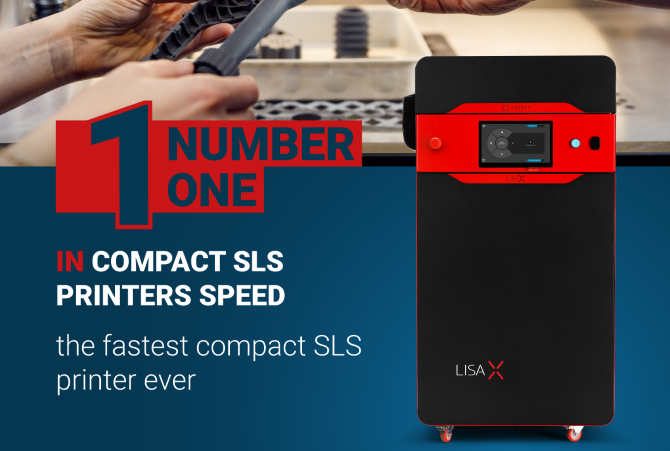

Industry 4.0 compatibility
Lisa X seamlessly integrates with your production line and can be effortlessly managed through its API. Offering over 20 management options, it enhances performance by optimizing resource use and reducing quality issues through quicker responses to potential disruptions. Streamlined scheduling leads to faster production, and lower handling costs make it an even more attractive choice. Additionally, Industry 4.0 compatibility is often a prerequisite for securing EU innovation funding, making this solution ideal if you’re seeking such support.
It’s entirely possible to print end products with Lisa X! Choosing the right material and adjusting the printing parameters can bring great results in terms of meeting technical requirements for your part. We encourage you to contact us with any questions about your application – our Application Engineers gladly advise you.
The printing process is not complicated and can be learned in a short time even by staff members with no 3D printing experience. We offer 5-hour online training split into 2 sessions (basic + advanced, 2 weeks apart) as a part of the premium service plan.
The exact printing speed is dependent on a couple of factors, like layer height and build pack density. In almost all cases the whole process of printing, cooling, and post-processing takes up less than 24 hours, so you should be able to produce at least 5 full print beds per workweek.








